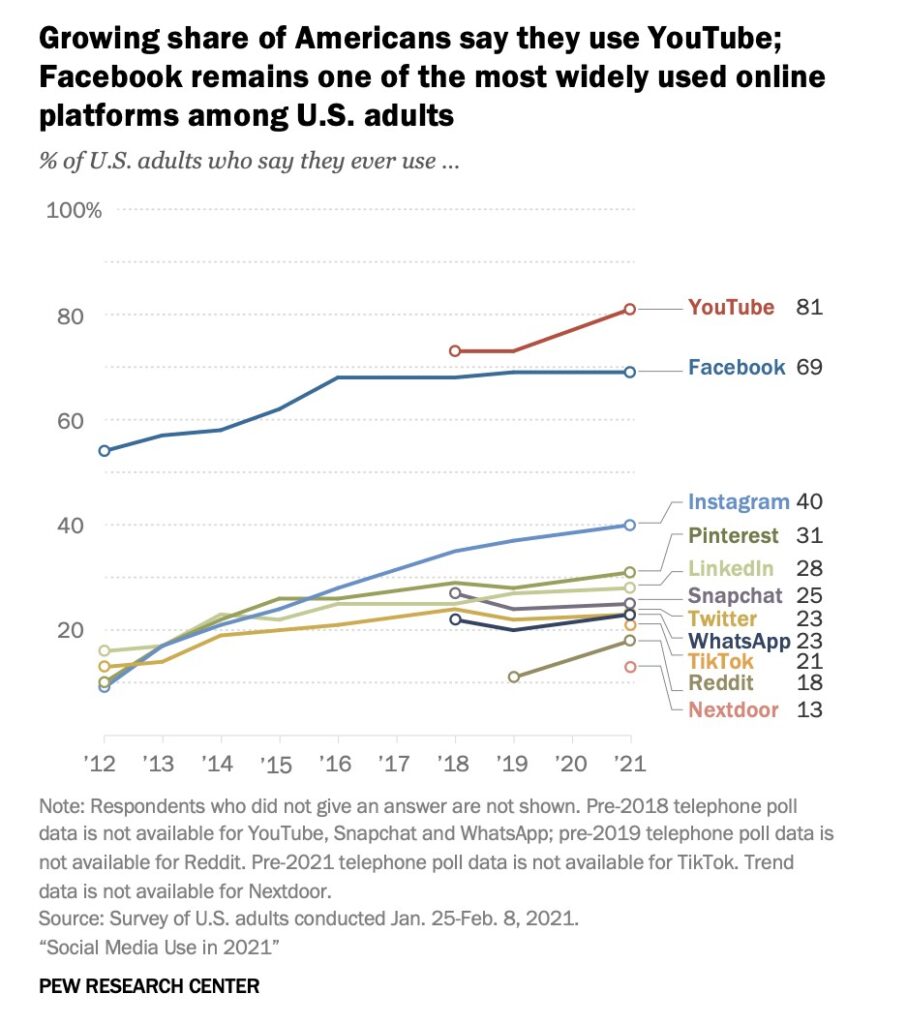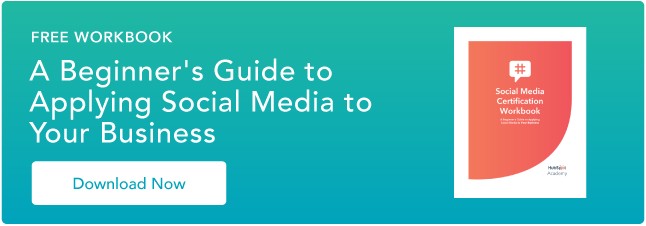Most of us know that nailing social media copywriting and maintaining an active social presence is essential to a brand’s marketing strategy. After all, over 90% of marketers say that social media is essential to their business.
And yet, managing it continues to be a source of frustration for many.
That’s understandable — there are many moving parts to a successful social media strategy. There’s knowing the right frequency with which to post. There’s the measurement of any ROI on these efforts.
And there’s determining what the heck to post to each channel.
Different channels have different audiences, peak times, and character limits.
That’s why we put together the guidelines below to compose copy for five social media channels: Facebook, X, LinkedIn, Instagram, and Snapchat. So read on — and start writing.
How to Compose Text for 5 Social Media Channels
Let’s start with a look at Facebook’s audience:
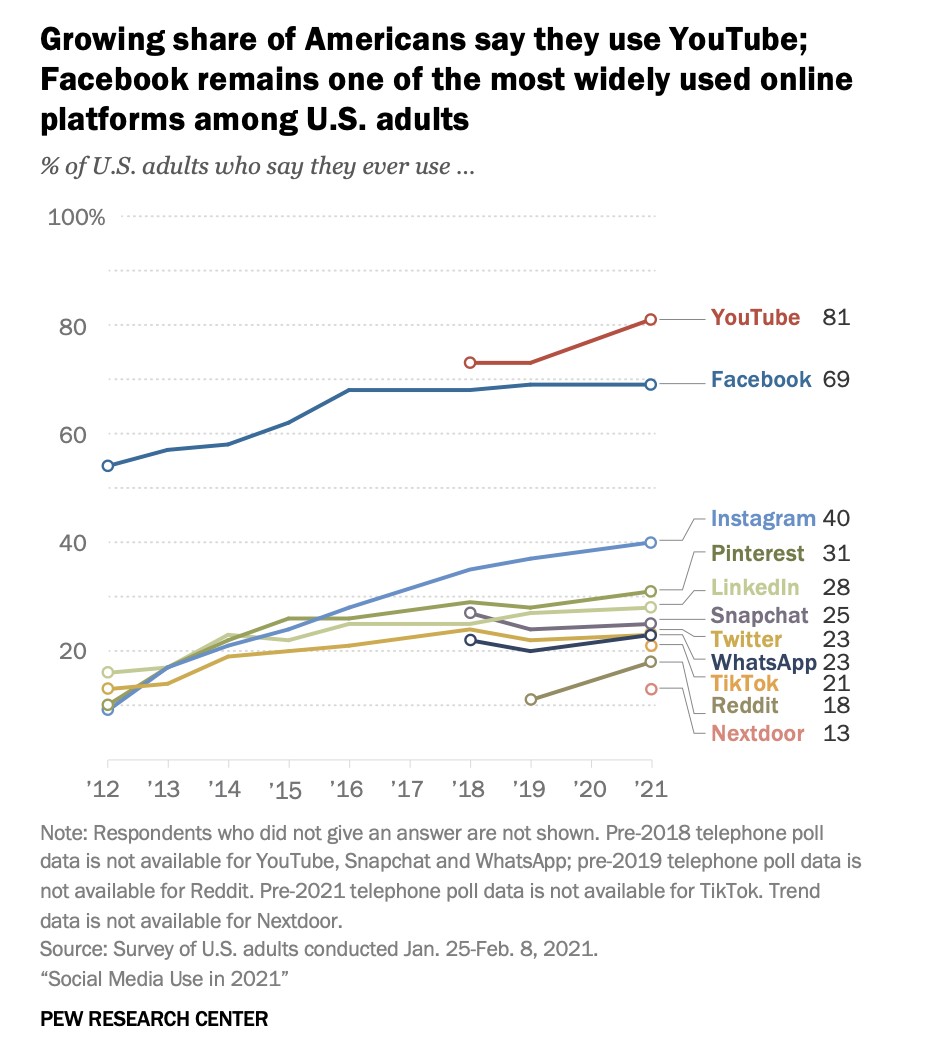
According to the Pew Research Center, 69% of all online adults on Facebook continue to be the highest-utilized social network. It’s a great place to start building an online community.
And remember, 90% of social media marketers say building an active online community is critical to a brand’s success in 2023 – so your efforts will not be wasted.
But out of the channels we’ll cover here, it also has the highest usage rate among the 65+ audience.
When composing text for Facebook, it’s essential to remember these data — especially if that’s who your brand is targeting. Let’s say you’re creating a marketing budget and want to decide how to allocate a portion for social media.
While we encourage having a presence across all channels, if you’re aiming for the attention of the 65+ audience, this might be the best network for an ad spend or a pay-per-click (PPC) campaign.
Focus your energy here, and then repurpose that content for other channels.
So, let’s go over some basic ground rules:
- Make sure your formatting is correct. That’s a big reason we discourage auto-posting duplicate content across multiple channels — you risk including an “@user” tag that’s only fitting for X or Instagram.
- Facebook's character limit on status updates is 63,206. That's far from ideal. People don’t visit Facebook to consume long-form text or stories. Buffer has found that Facebook posts with 80 characters or less receive 66% higher engagement.
- Less text allows greater focus to be placed on any visual content that accompanies it.
Facebook is an excellent avenue for creating an online community and promoting your external content — things like blog posts, reports, or videos. But don’t just post a link without a description.
Be sure to accompany it with brief, attention-grabbing text that signals what the content is about or poses a question that it answers.
Expert tip: Facebook is a great place to create community with your audience, but you need to be strategic with your posts.
Neal Schaffer suggests, "You need to make sure that your posts are aligned with your business goals as well as the reason why people liked your page in the first place!"
He says, "Not only will this best practice strengthen your relationship with your audience, but it will also grow your audience.”
X (Formerly Twitter)
X has become an increasingly popular social media platform. The platform is growing 30% faster among Gen Z than other platforms, like Instagram.
Even though only 7% of marketers think X is the most effective platform for building an engaged community, it is well worth the effort to include crafting the perfect copy for posts as part of your marketing strategy.
Posts for most users have a maximum of 280 characters. For X Blue users, the character count is 10,000. Even though some users have a higher character limit, the ideal post length is around 240-259 characters.
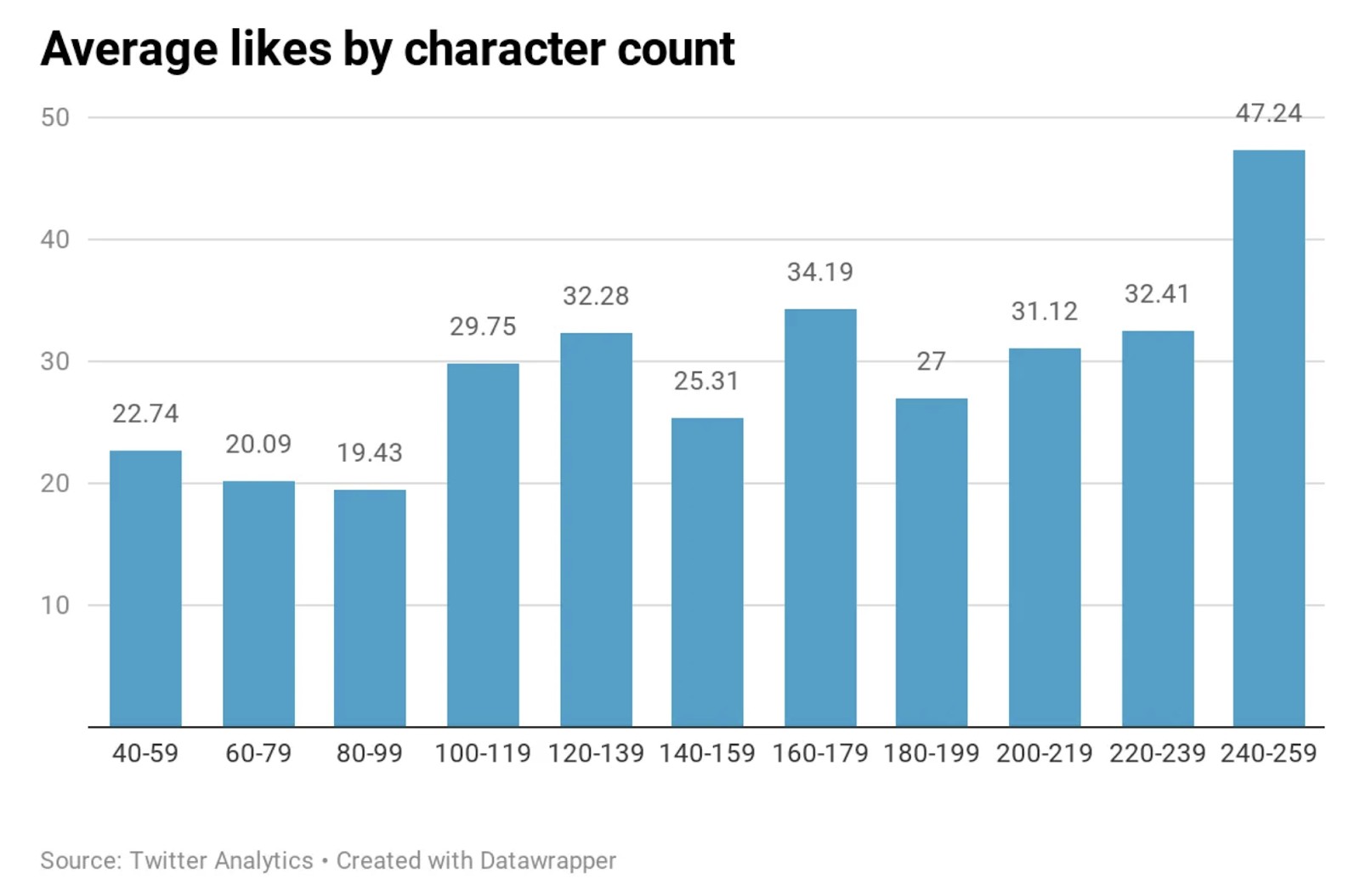
Remember that hashtags are an effective way to indicate and summarize your message when composing copy for posts. Nearly 87% of social media marketers think users will use social media instead of a search engine to search for products.
So, creating a hashtag specifically for your brand is an excellent way to become discovered by users who might be using hashtags to search for posts or products.
But exercise some restraint with hashtags, and make sure the text accompanying them comprises most of the post. Limit it to one or two — these posts have a 21% higher engagement than those with three or more.
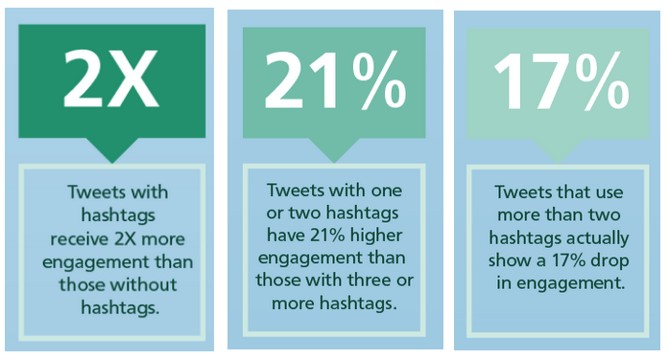
Notice how music site Pitchfork uses X to promote its top songs and albums for the year.
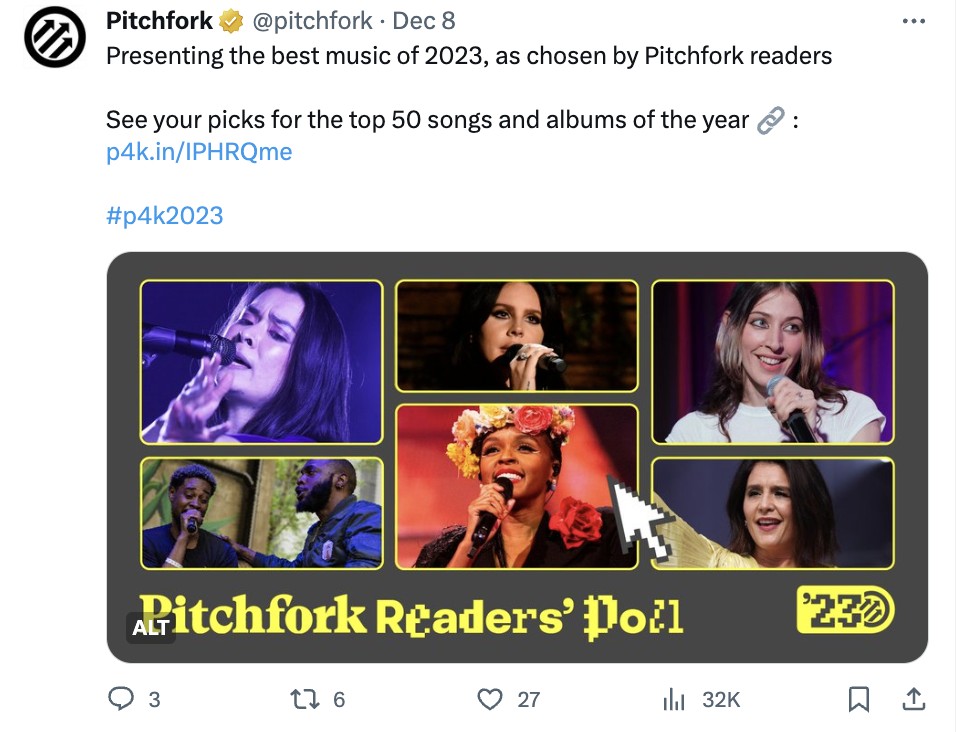
The post makes the most of hashtags, using the same tag the publication used to promote audience voting. The post also uses eye-catching graphics with alt text. This makes the post accessible for screen readers and optimized for SEO.
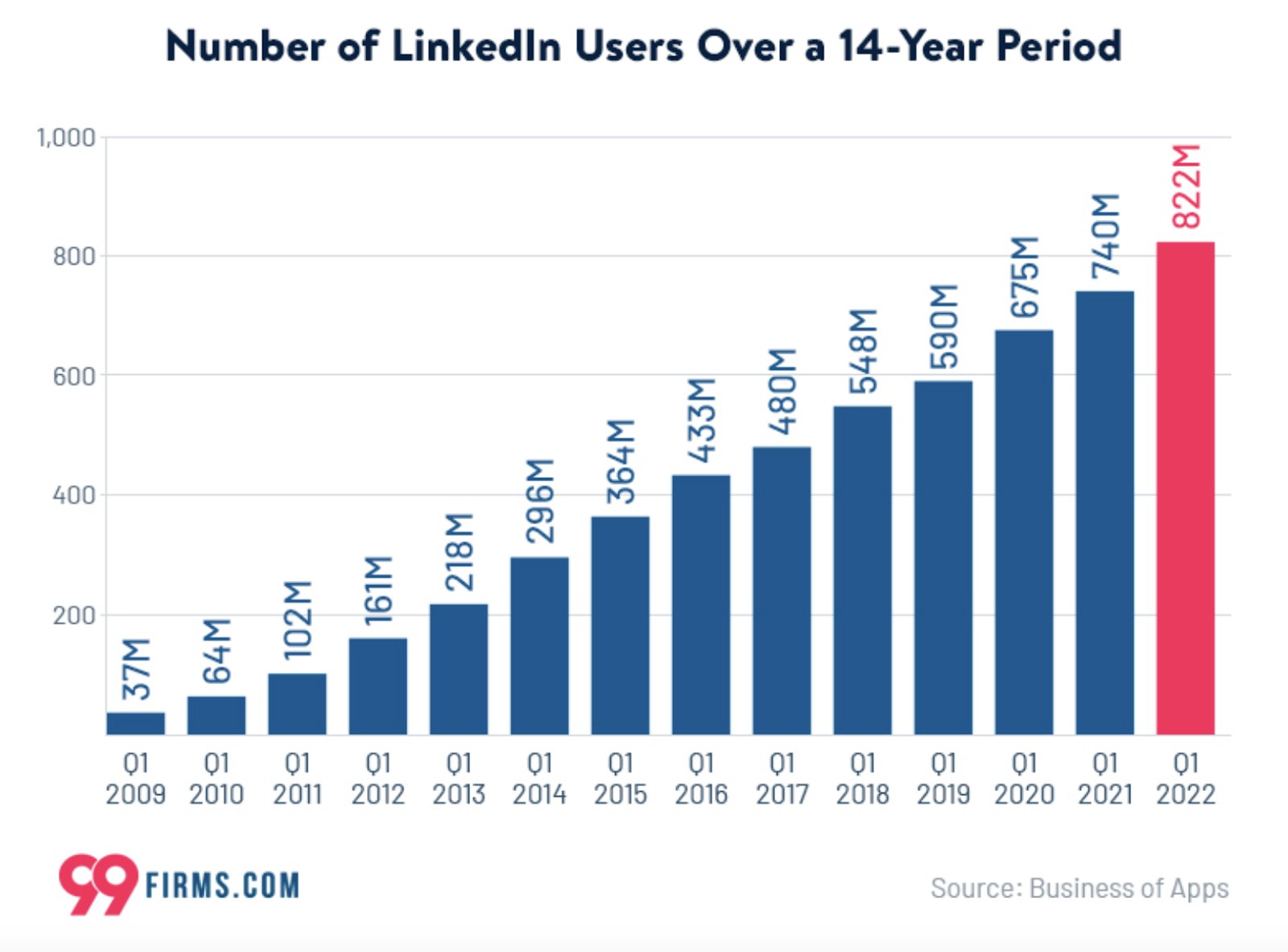
LinkedIn ranks as the fifth largest social media to provide a high ROI for marketers. The platform has become an interesting content distribution channel.
Users can share simple post updates, usually business-related (think: job openings and professional conferences), and push them to X simultaneously.
However, we don’t recommend that — see our note on the problems with identical content across different channels.
But in 2012, LinkedIn introduced its Influencers program, which recruited notable business figures to guest blog on LinkedIn’s publishing platform.
Eventually, that platform became open to all LinkedIn members in 2014, positioning it as an outlet for people to share original content with an audience much larger than they may have received on their own domains.
That’s part of decentralized content: A concept that allows users to share their work published elsewhere on a content creation platform.
Unlike most social media — where limited content is displayed — the full text and images of the work are shared, with the original author and source credited, on a site different from its origin.
That makes LinkedIn an excellent place to re-post and link to your blog content. But why make the duplicate effort? Well, consider this: 16.4% of all online adults use LinkedIn.
Does your blog have that kind of reach? If it doesn’t, you can reach LinkedIn’s larger audience by syndicating your own content on their platform, drawing more attention to your work.
According to Tim Queen, the character limit for these posts is 3,000 characters.
Expert tip: Re-posting your blog content on other social media platforms requires little knowledge of character counts.
Tim Queen suggests, "If you limit yourself to 2200 characters or 300 to 400 words, you can share your story on LinkedIn, Instagram, and Facebook without the need to edit a word."
Keep character limits in mind when crafting your social media copy.
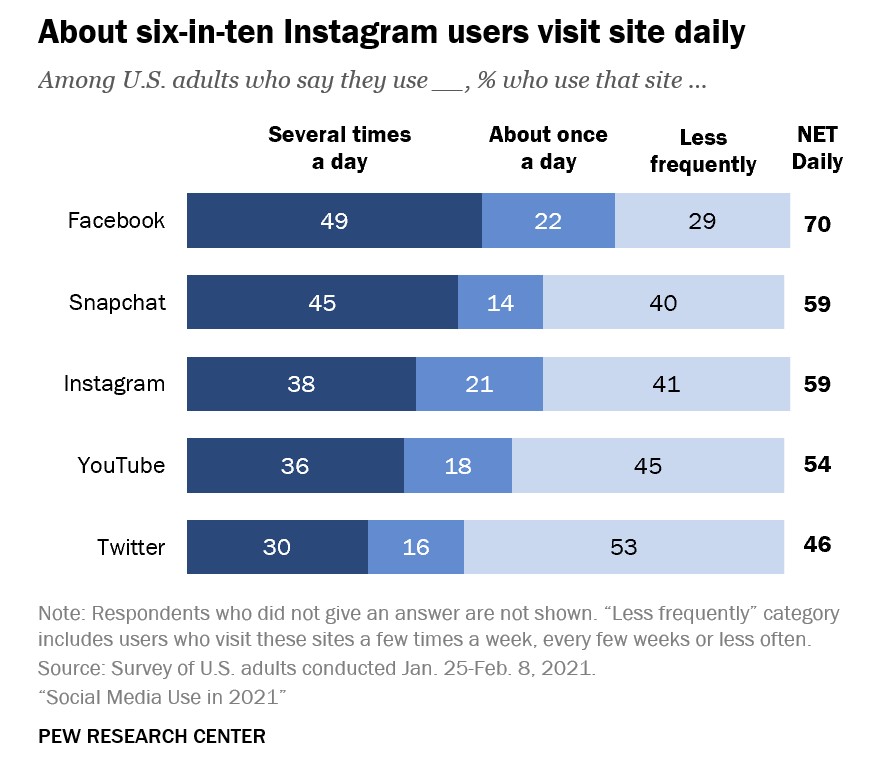
Instagram continues to be a favorite social media platform among users and social media marketers alike. 25% of social media marketers say it is the best platform for growing an engaged audience.
Since Instagram is, first and foremost, a platform for sharing photos and videos, the primary focus should be on your visual content. But it’s helpful to provide context that lets users know what they’re viewing — within reason.
Like many other channels we’ve discussed, people don’t use Instagram to read long-form content. And while Instagram doesn't appear to specify a maximum number of caption characters, it’s cut off after the first three lines.
That’s why we recommend limiting captions to that amount, and if you require more text, make sure the most important information — like calls-to-action — is included in the first three lines.
Hashtags, @mentions, and extraneous details can go toward the end of the copy.
Here’s an excellent example from Vulture. The post starts with an eye-catching image and a well-known actor — Timothée Chalamet.
The copy in the caption gives the post context, noting that it’s a story about the actor’s heartthrob persona. The post also mentions the writer and image’s illustrator expanding its reach.
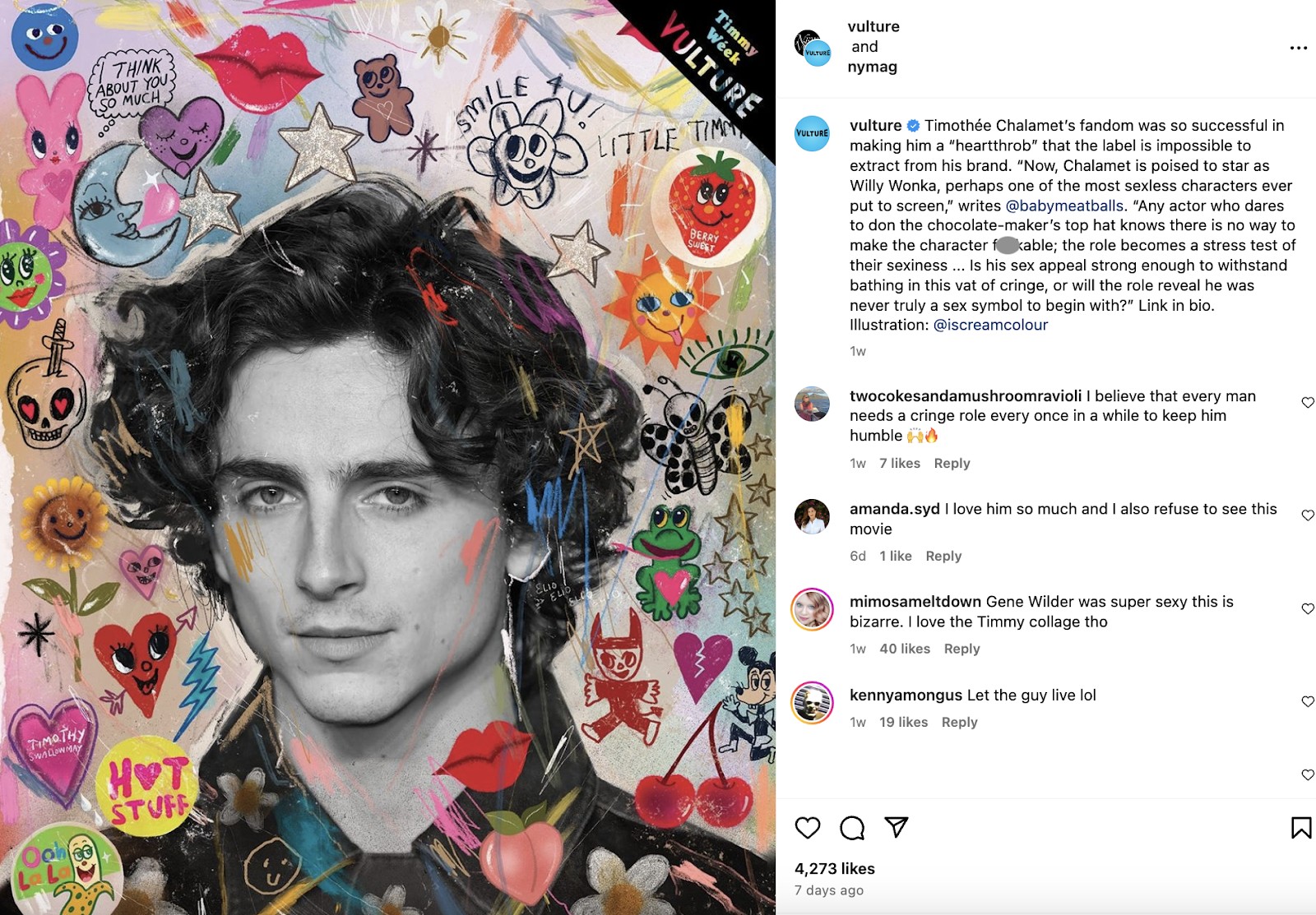
Using your caption to provide context is especially important when sharing videos. These typically automatically play without sound, so use the description to let them know what they can’t hear — and maybe even motivate them to listen.
And about those hashtags: Unlike X, it’s okay to use more than two here, but it’s advised to use less than eight.
According to Instagram, the sweet spot seems to be around three to five hashtags — those Instagram posts seem to get the most engagement.
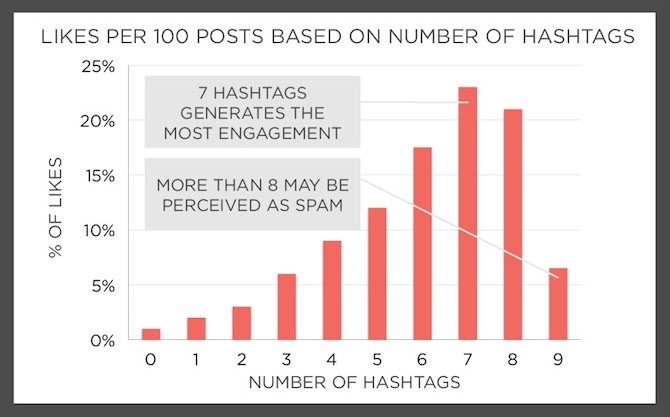
As for Instagram Stories, there isn’t a ton of detail on character limits there, but because the text overlays the visual content — which is the focus — don't obscure too much of the photo or video with a caption.
Expert tip: Instagram captions should be short, sweet, and to the point.
Ashlyn Carter suggests that you should "apply any headline copywriting tips you’ve learned to write that first line on Instagram."
Since Instagram only shows a short snippet of copy to those scrolling through their feed, your first line should draw your audience in and keep them engaged.
Snapchat
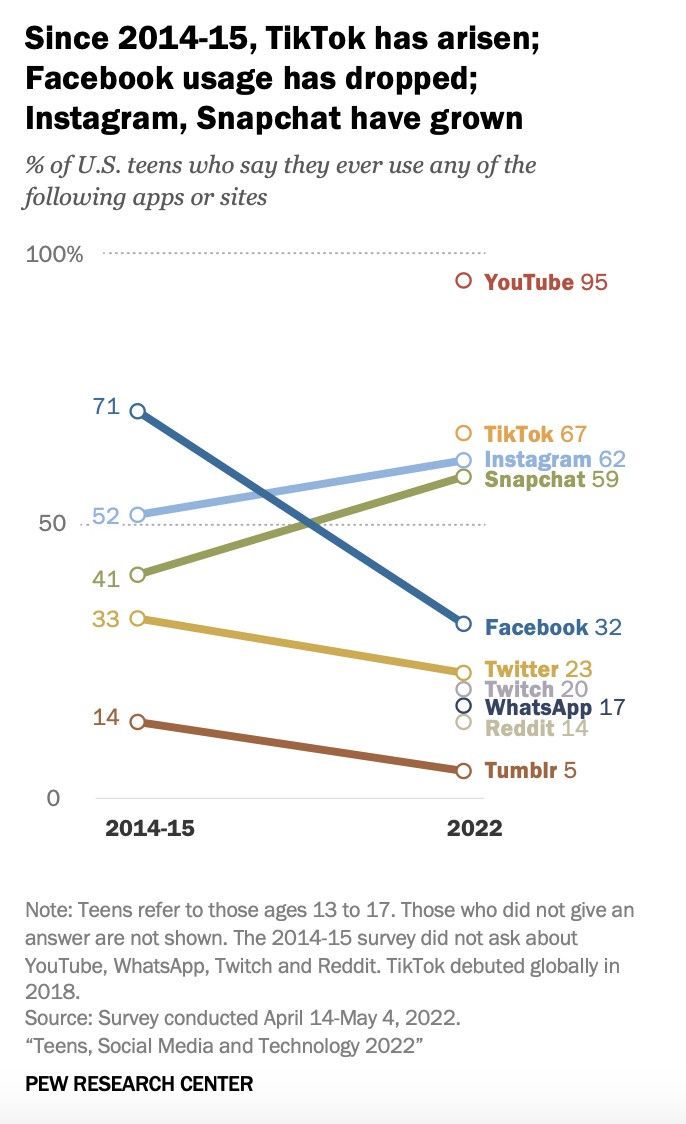
While we‘re on the topic of not obscuring visual content, let’s discuss Snapchat. Again, because the focus here is on the visual, you'll want to prevent distracting viewers from it with too much text.
According to Teen Vogue, Snapchat's character limit is 80 per post. The word "snap" implies brevity, so try not to ramble.
The same goes for your Snapchat story: "a compilation of Snaps that a friend has posted to their Story over the last 24 hours."
Here’s a fun example of how the Food Network created an entire Snapchat story based on the idea of coffee. It began with a small promo on "3 Ways to Step Up Your Iced Coffee Game" under Featured Stories:
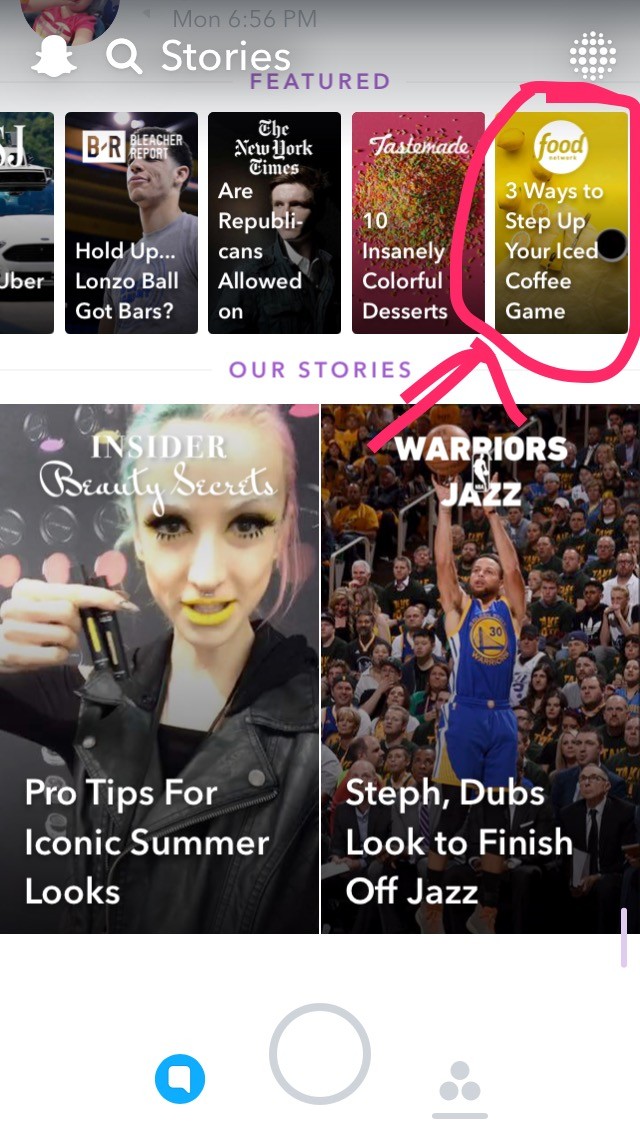
Then, it shared a series of animated images and videos all about the topic, ranging from recipe tips to clips from the network’s show, "Cutthroat Kitchen."
It took a simple topic — coffee — and expanded it into engaging, consumable content to highlight what the brand does best.
Notice that for certain parts of the story, there's a call-to-action at the bottom to "Watch" or "Read."
While Snapchat doesn't make this entirely clear, it seems like that’s strictly a feature of ads and not something that can be added organically.
However, if your budget permits, adding these CTAs is another way to drive attention to your longer-form content.
Get That Copy Right
Managing your brand’s social media presence is no simple task, but it’s more than possible. And now, writing creative, compelling copy for your various platforms can become a fun task.
And, if you need inspiration for the content you’d like to share on your social media platforms, AI tools, like HubSpot’s Campaign Assistant, can help you write copy in minutes.
Before writing, draw some information about your audience composition for each social network. Then, see how that compares to the user data from Pew Research Center.
From there, you can see where you have the most active audience and how you can repurpose content from one channel to draw attention to another one — and attract website traffic.
How do you create and repurpose copy for social media? Let us know in the comments.

